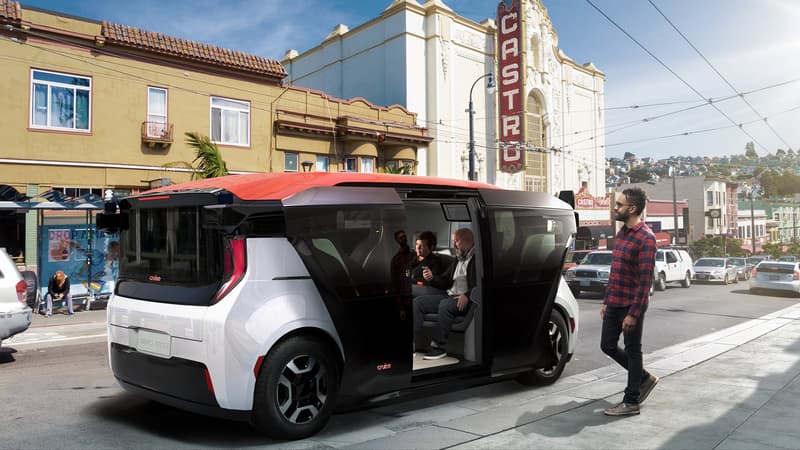The Japanese Honda, the American General Motors and their autonomous vehicle subsidiary Cruise announced on Thursday their intention to launch a commercial driverless taxi service in Japan in early 2026, a new concrete step in their long-standing collaboration.
This service should begin in central Tokyo with a few dozen Cruise Origin vehicles, a 100% autonomous model, without a driver’s seat or steering wheel, and capable of transporting up to six passengers, according to a statement. Subsequently, this service should extend beyond central Tokyo and have a fleet of 500 Cruise Origins, it is specified. The three companies plan to create a joint venture in Japan in early 2024 to prepare and then operate this future activity.
Shortage of taxi drivers
Honda, GM and Cruise explain that they want to contribute in this way “to solving the social problems facing Japan, such as the shortage of taxi drivers and bus drivers” due to the increasingly pronounced demographic aging of the archipelago.
Nearly 30% of Japanese are 65 years old or older, and more than 10% are 80 years old or older. Cruise has already been transporting paying passengers aboard its robotaxis in some US cities since 2022. Similar services also exist in China.
But the very gradual development of the use of these autonomous vehicles is not without controversy, because the accidents in which they are involved occur occasionally, while their supporters assure, on the contrary, that they will improve road safety. In Japan, Nissan and Toyota also have plans to offer commercial robotaxis services in the future.
Source: BFM TV


